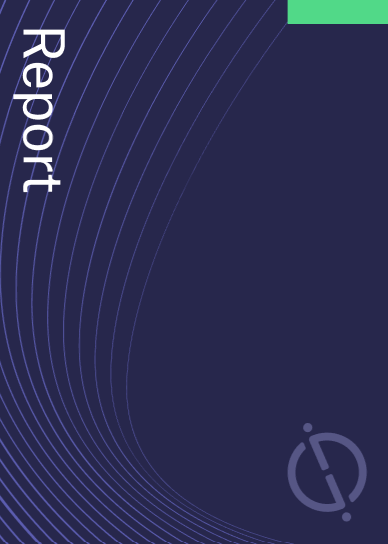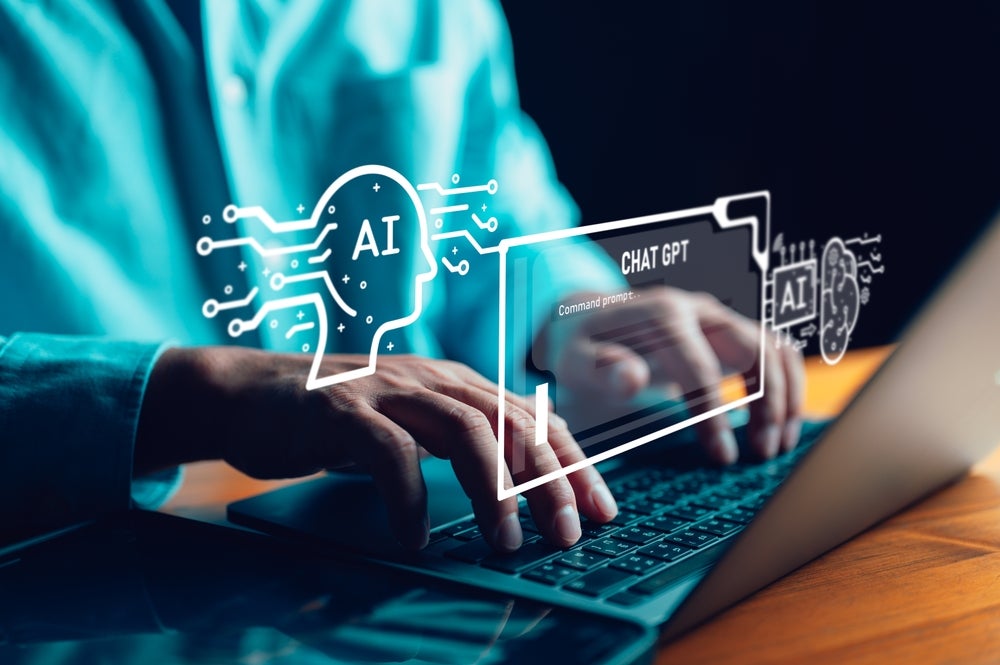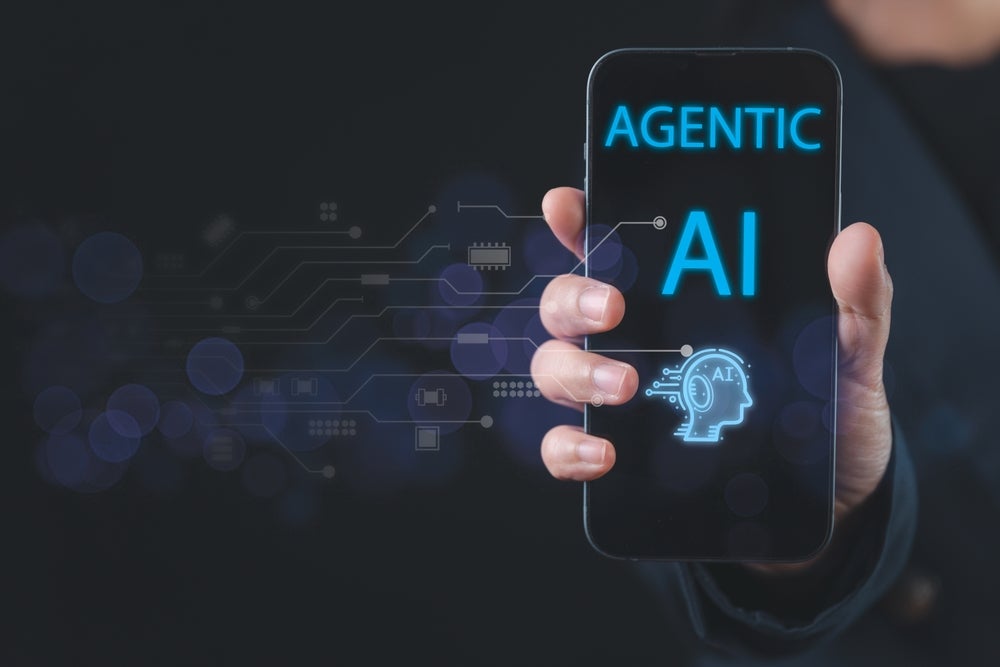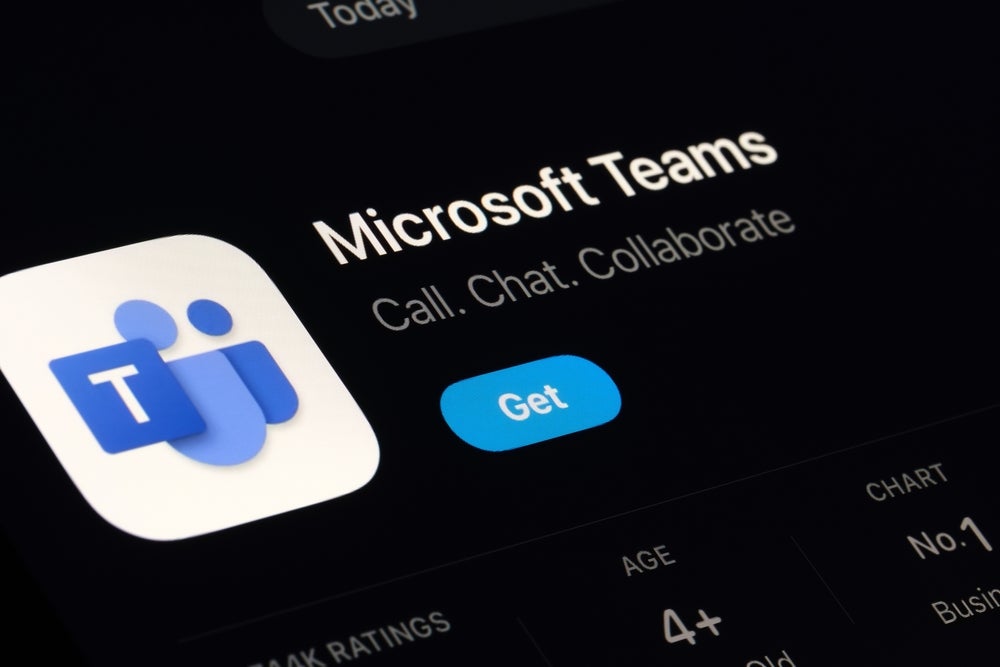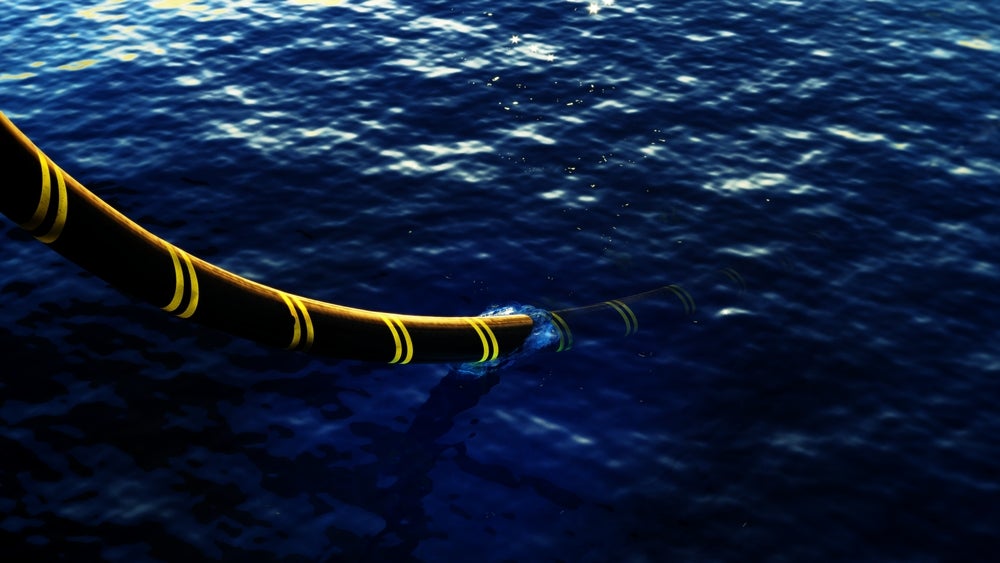CalAmp has been granted a patent for dynamic telematics message parsing technology. The system involves a telematics cloud server that generates a dynamic message parser based on a binary message definition. A telematics device receives a message data payload from a vehicle’s peripheral device and transmits a device message to the cloud server. The cloud server executes the dynamic message parser and generates a standardized data structure for further processing. GlobalData’s report on CalAmp gives a 360-degree view of the company including its patenting strategy. Buy the report here.

Access deeper industry intelligence
Experience unmatched clarity with a single platform that combines unique data, AI, and human expertise.
According to GlobalData’s company profile on CalAmp, Vehicle fault diagnosis automation was a key innovation area identified from patents. CalAmp's grant share as of September 2023 was 69%. Grant share is based on the ratio of number of grants to total number of patents.
Dynamic telematics message parsing method using binary message format
A recently granted patent (Publication Number: US11750724B2) describes a method and computing device for telematics message processing. The method involves receiving a message definition that indicates a binary message format. A dynamic message parser is then generated based on this message definition. The dynamic message parser is deployed by associating it with a predetermined message code.
Once deployed, the computing device receives a device message from a vehicle telematics device. This device message includes a message code and a message data payload. The dynamic message parser is identified by comparing the message code of the device message with the predetermined message code. The dynamic message parser is then executed with the message data payload.
As a result of executing the dynamic message parser, a standardized data structure is generated based on the message data payload. This standardized data structure can be used for further processing or analysis.
The computing device described in the patent includes a configuration interface to receive the message definition, a parser manager to generate the dynamic message parser, a message processor to deploy and execute the dynamic message parser, and a data adapter to generate the standardized data structure.
The patent also mentions that the binary message format can be a binary structure definition. The message data payload can be generated by a vehicle, a vehicle controller, or a sensor coupled to a vehicle. The dynamic message parser can extract a first data item from the message data payload and determine a first label associated with it. The standardized data structure includes the first data item and the first label.
The computing device may also include a cloud telematics platform to process the standardized data structure. This can involve providing the standardized data structure to a cloud application executed by the cloud telematics platform. The standardized data structure conforms to a predetermined vehicle telematics schema associated with the cloud telematics platform. The standardized data structure can be in JavaScript object notation (JSON) format or extensible markup language (XML) format.
Overall, this patent describes a method and computing device that enable efficient processing of telematics messages, allowing for the extraction and conversion of data from binary message formats into standardized data structures for further analysis and processing.
To know more about GlobalData’s detailed insights on CalAmp, buy the report here.
Data Insights
From

The gold standard of business intelligence.
Blending expert knowledge with cutting-edge technology, GlobalData’s unrivalled proprietary data will enable you to decode what’s happening in your market. You can make better informed decisions and gain a future-proof advantage over your competitors.


